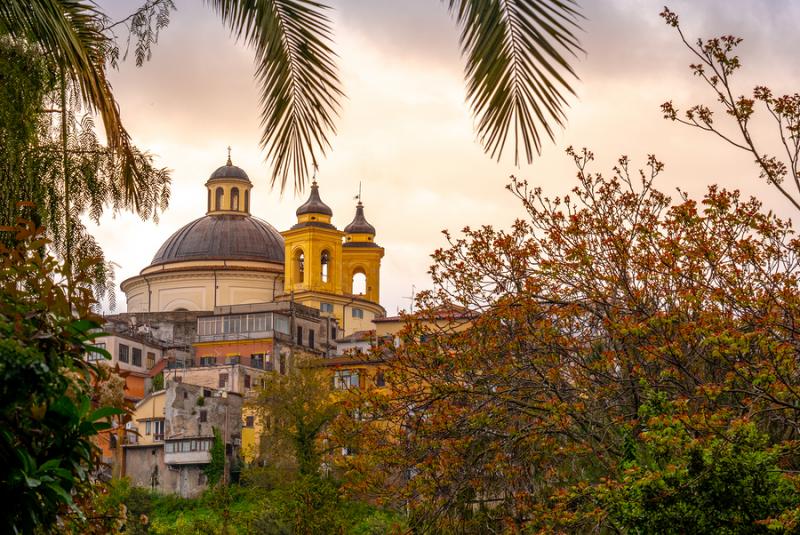Summer vacations are going to be quite different this year; international travel isn’t going to happen much, and the most feasible option seems to remain close to home. While it is not known yet when travel between regions in Italy is allowed again, many may not be comfortable to travel far anyway, which may be a chance to discover beautiful places close to home. Luckily, Italy has plenty of those.
Let’s look at options near Rome - for the international travelers among you, they may serve as future travel ideas.
Albano Laziale: 25 km from Rome, in the Castelli Romani, Albano Laziale is the most important center of this countryside area south-east of the Italian capital, at the feet of the Alban Hills. It has preserved many historical monuments; nearby is one of the largest concentrations of Roman ruins outside Rome, and Lake Albano is a small volcanic crater lake where you can enjoy some natural beauty.
Ariccia: also part of the Castelli Romani, Ariccia, 25 km from Rome, is surrounded by woods. One of the oldest cities of ancient Latium, it was a serious contender against Rome during the early days of the Roman Republic. Nowadays, Ariccia is mostly famous for its porchetta, pork that is slowly roasted with herbs and wild fennel, and is renowned for its wine as well. Definitely a foodie destination.
Bracciano: 30 kilometers northwest of Rome, Bracciano is famous for its volcanic lake, Lago di Bracciano, the second largest in the region, a popular destination for sailing; and for the well-preserved medieval castle Castello Orsini-Odescalchi, located on the southern shore of the lake. The castle was built in the 15th century, as a military structure and a civilian residence for the feudal lords of the time, the Orsini and the Borgia, both papal families. In normal times, the castle hosts events and weddings.
Cerveteri: the ideal destination for those who love history and archeology, Cerveteri was one of the city-states of the Etruscan League, and, at its height, around 600 BC, its population was estimated at around 25,000 – 40,000 people, making it one of the most important Etruscan cities. Its most famous attraction is the Necropoli della Banditaccia, a Unesco World Heritage site with the necropolis in Tarquinia. It features about 1,000 tombs, often housed in characteristic mounds, making it the largest ancient necropolis in the Mediterranean area.














